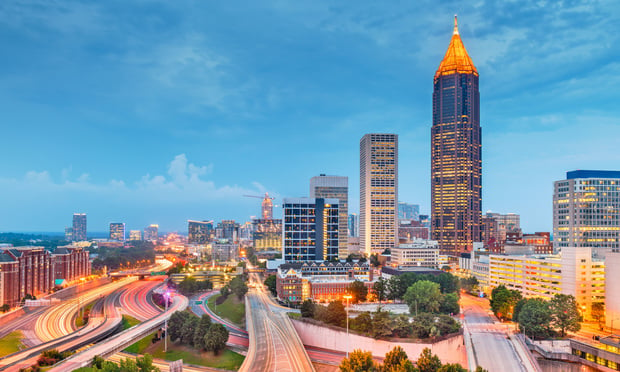IRVINE, CA—GlobeSt.com has learned exclusively that Google's Orange County headquarters building has achieved LEED-Platinum Certification from the USGBC for core and shell. The 140,000-square-foot building, a striking glass structure in the Impac Center campus and plaza here, is located at the intersection of Jamboree and MacArthur.
Designed by Westgroup Designs, the building is the first multi-story commercial-office project located throughout Southern and Central California to receive LEED-Platinum Certification, according to the design firm. Sustainability solutions incorporated into the Google building included strategic design elements such as the use of energy-efficient, 10-foot-high monolithic glass; streamlined structural design; exterior balconies; and 45-foot interior bay depths. These solutions contributed to the sustainability of the project as well as providing significant savings on construction costs. In addition, extending beyond LEED requirements, the design addressed many rigorous requirements of the Living Building Challenge, a green-building certification program that defines the most advanced measure of sustainability in the built environment possible today, and acts to diminish the gap between current limits and ideal solutions.
Sima Hassani, founder and managing principal of Westgroup, tells GlobeSt.com, “The building is the last piece of the puzzle, the element which closes the undefined space and which serves to unite the campus. The way in which it was designed has created a central public green space to encourage community and activity throughout the project. We were thrilled the building owner shared our vision of creating a premier campus destination for creative and technology firms, and we worked closely to create something that is not only efficient, but was also able to include LEED elements, which lowered construction costs and will contribute long-term to a more sustainable and energy-efficient building. Both inviting and functional, the new building and plaza reflects a progressive contemporary environment.”
As GlobeSt.com reported last month, we recently chatted with Hassani about the higher costs associated with sustainable solutions. However, if designed and engineered for what we call “dynamic performance,” the costs can be evaluated and reduced through a change in process or materials up front during the pricing phase, Hassani said.
© 2025 ALM Global, LLC, All Rights Reserved. Request academic re-use from www.copyright.com. All other uses, submit a request to [email protected]. For more information visit Asset & Logo Licensing.







